by Guest Contributor Valerie Jardin
I love the outdoors and I live in the state of Minnesota, at state which is well known for its long snowy winters and extreme cold temperatures. We are photographers, we get excited by the first snow storms and cannot wait to get out and shoot ‘winter wonderland’. Then, after a few weeks of the white stuff, we start craving colors. Does that sound familiar?
Many of my photographer friends get discouraged very early and set their camera aside for hibernation. So, how does one stay motivated to shoot in a black and white landscape for several months?
Winter landscapes are perfect for minimalist photography
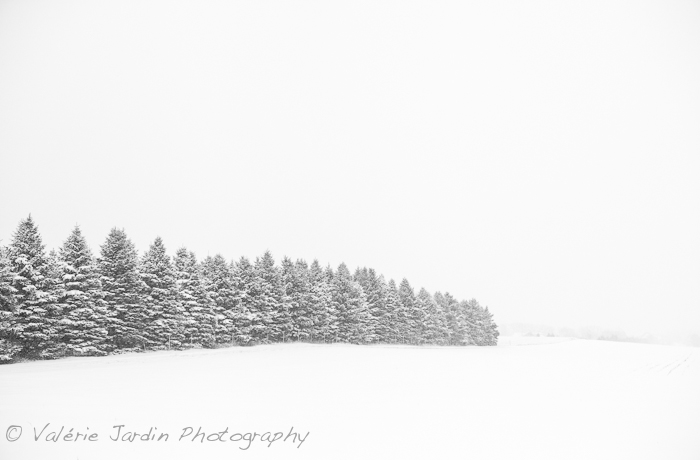
Here are a few tips that will help you survive another winter with your camera:
First and foremost, let’s be practical: Dress appropriately for the cold temperatures and wind chills before heading out. Hand and feet warmers, as well as layers of clothing are common sense. Thin gloves under your heavy mittens will prevent frostbites when you need to make camera adjustments. If you are out in a snowstorm, protect your gear from moisture with one of the many weather protection sleeves available on the market. Keep your extra batteries inside your jacket and close to your body heat. Bring a large plastic bag to place your camera and seal it shut before you go back inside, this will prevent moisture from building up on the camera. The condensation will form on the bag itself and not your gear. Give it a few minutes to return to room temperature before opening the bag.
Photographing white is tricky and your camera will automatically expose it to show it as 18% gray. Now is the time to starting using that exposure compensation! Dial in +1 or +2 stops to give it the pure white look your eyes see. Set your ISO at 100 or 200 and shoot in your favorite mode. Mine is aperture priority.
Ready to head outside? Here are a few things to look for:
- Winter is a great time for some minimalist photography. Simple compositions, leading lines, etc.
- Experiment with black and white for even more dramatic snow landscapes.
- Find color. Any splash of color in a white landscape will make any composition really pop.
- Use a shallow depth of field to isolate a detail.
- Look for patterns in the snow. Take advantage of shadows and contrast.
- Wildlife stands out much more in a snowy landscape, animals such as deer and foxes are more easily spotted. Animal tracks in the snow can make interesting subjects too.
- Snowy cityscapes offer some photographic opportunities too. Streets are usually beautifully lit up around the holiday season. Time to get the tripod out and shoot some long exposures at night time.
- Street photographers have fewer subjects to work with during the cold winter months, the streets are generally deserted. Fewer subjects can also be a good thing, pay attention to gesture and capture story telling moments.
- Why not start a 90 day project to get you through winter? You can make it a photojournalistic assignment, documenting your life in a cold snowy climate for example.
Look for a splash of color in a white landscape
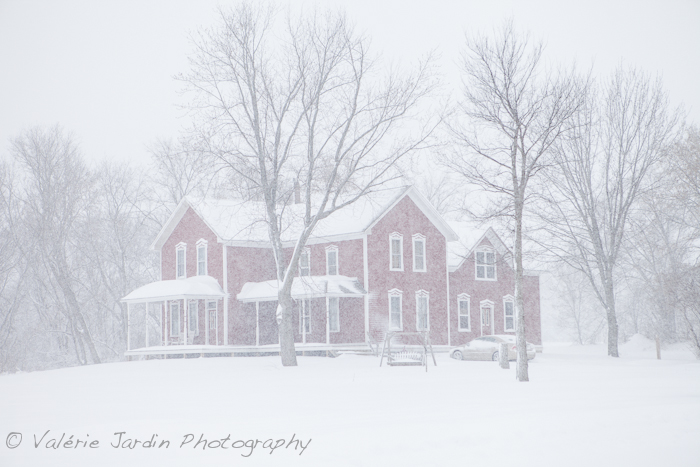
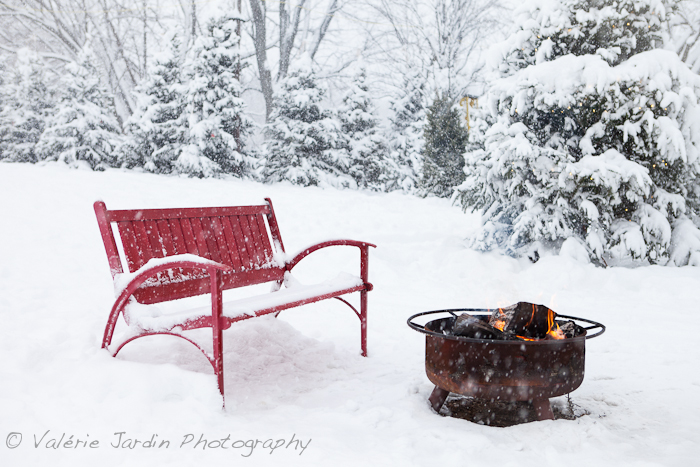
Wildlife is easier to spot in the winter
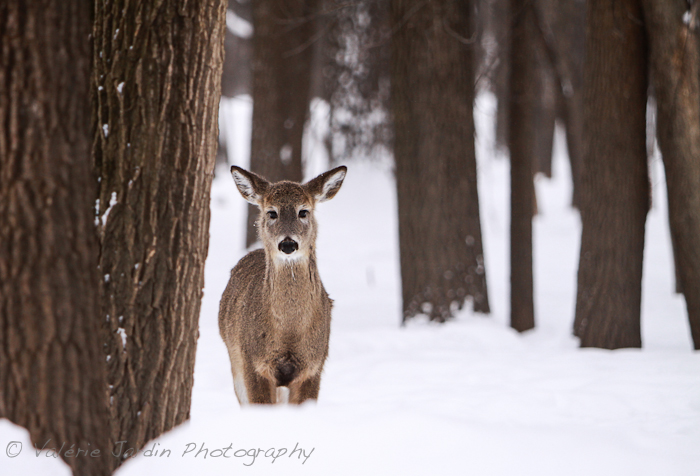
Document everyday life in a cold and snowy climate (Ice fishing village)
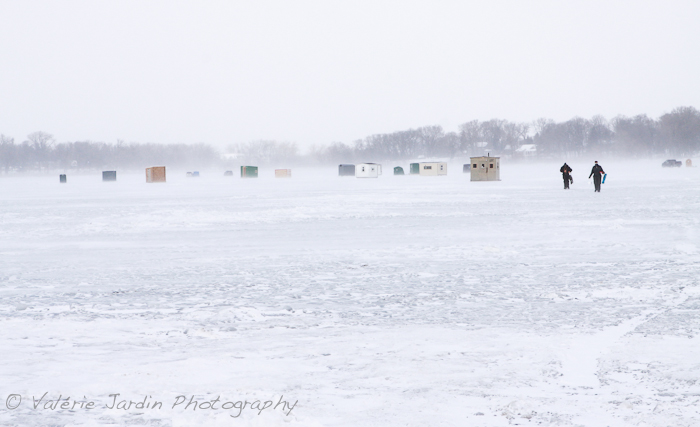
If you really need color, buy some flowers and practice close up photography indoors!
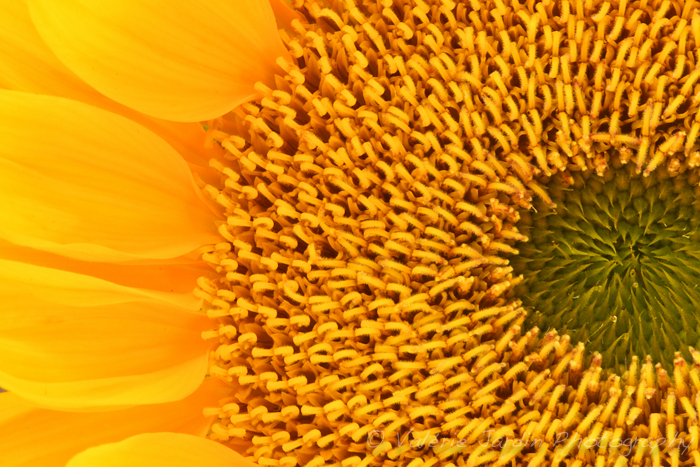
There are hundreds of ways to stay inspired this winter, embrace the season and share your ideas and experiences with the readers of Rock The Shot in the comment section below.
Stay warm and have fun!
![]()
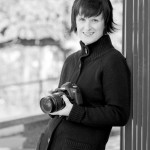 About the author: Bonjour! I’m Valérie Jardin and photography is my passion. It’s what I do to earn a living and for pleasure on my days off. I live and breathe in pixels. I love to share the passion and teach this beautiful craft. I lead and teach photo workshops in France and the US, and I will also be adding a photo adventure in Australia in 2014!
About the author: Bonjour! I’m Valérie Jardin and photography is my passion. It’s what I do to earn a living and for pleasure on my days off. I live and breathe in pixels. I love to share the passion and teach this beautiful craft. I lead and teach photo workshops in France and the US, and I will also be adding a photo adventure in Australia in 2014!
Visit Valerie at her WEBSITE |FACEBOOK pages today!





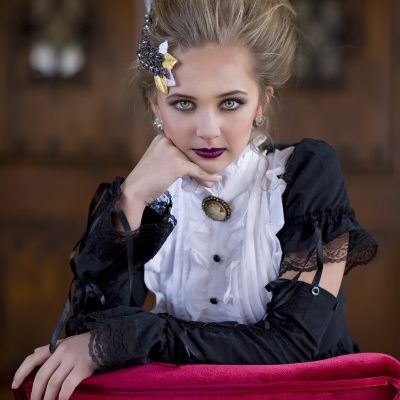
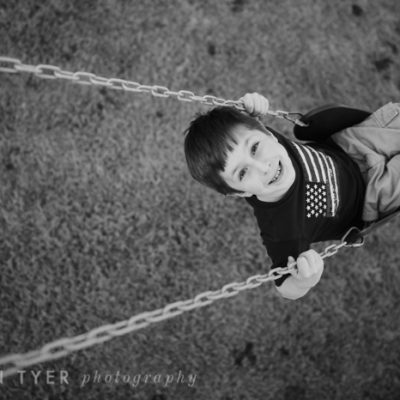

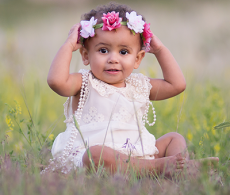
These are all great, and part of the reason I’ve fallen in love with the winter again. I just moved to New England from Georgia, so the difference in the landscape has been an adjustment, but it’s also been a great chance to get out of my comfort zone (in more ways than one) and capture some really amazing shots!